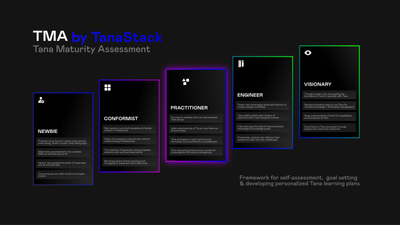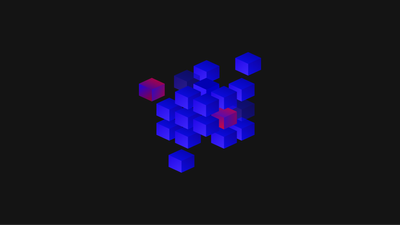VISION 2025
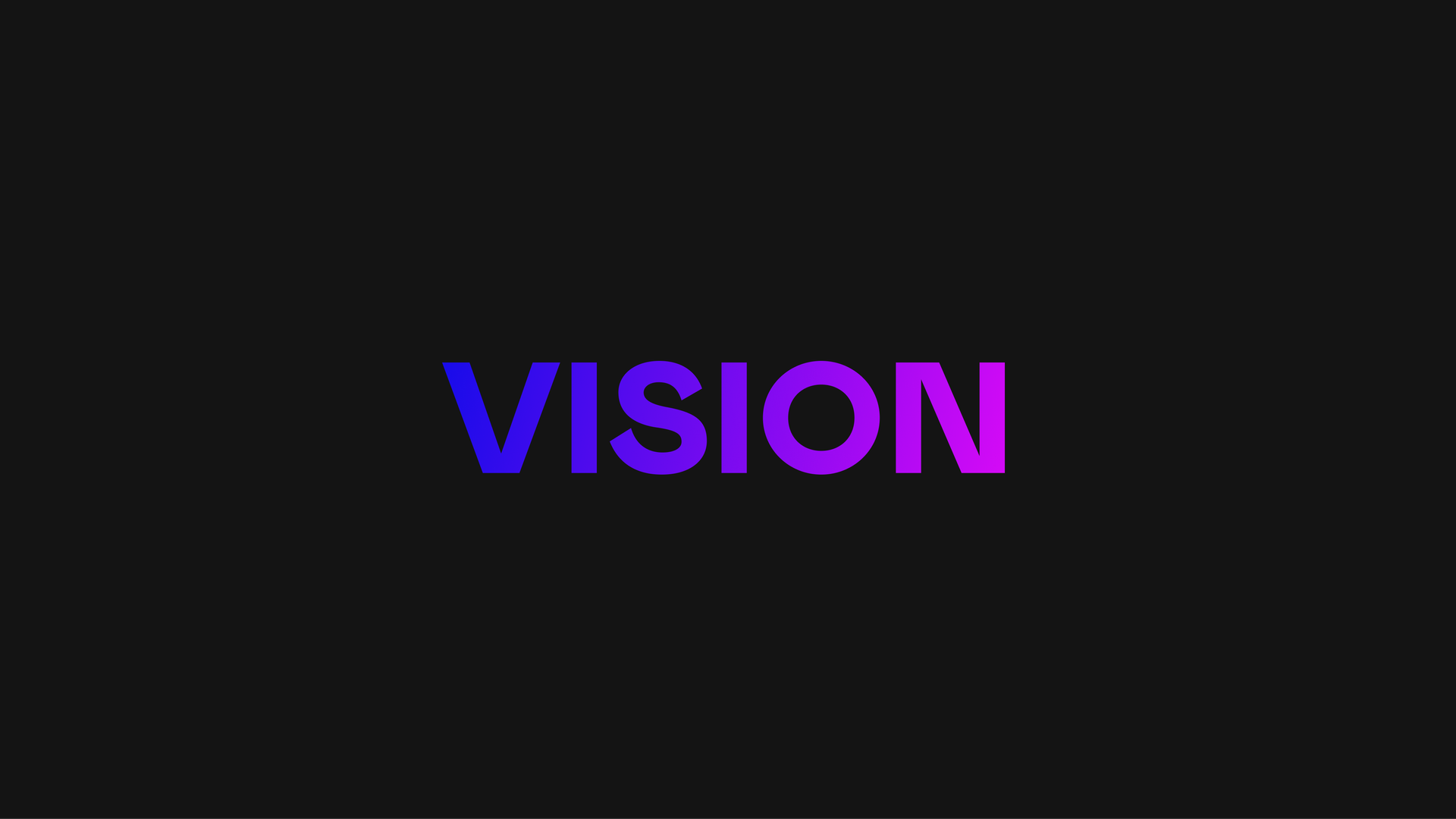
In this article I will cover 3 technologies that reshaping knowledge work in 2025:
- Knowledge Graphs (+Graph RAG)
- Digital Twins
- AI Agents
Let's explore them in detail & I'll show you how Tana leads the charge in all three.
Knowledge Graphs
Essentially knowledge graph (KG) is an interconnected web of information with clear semantics.
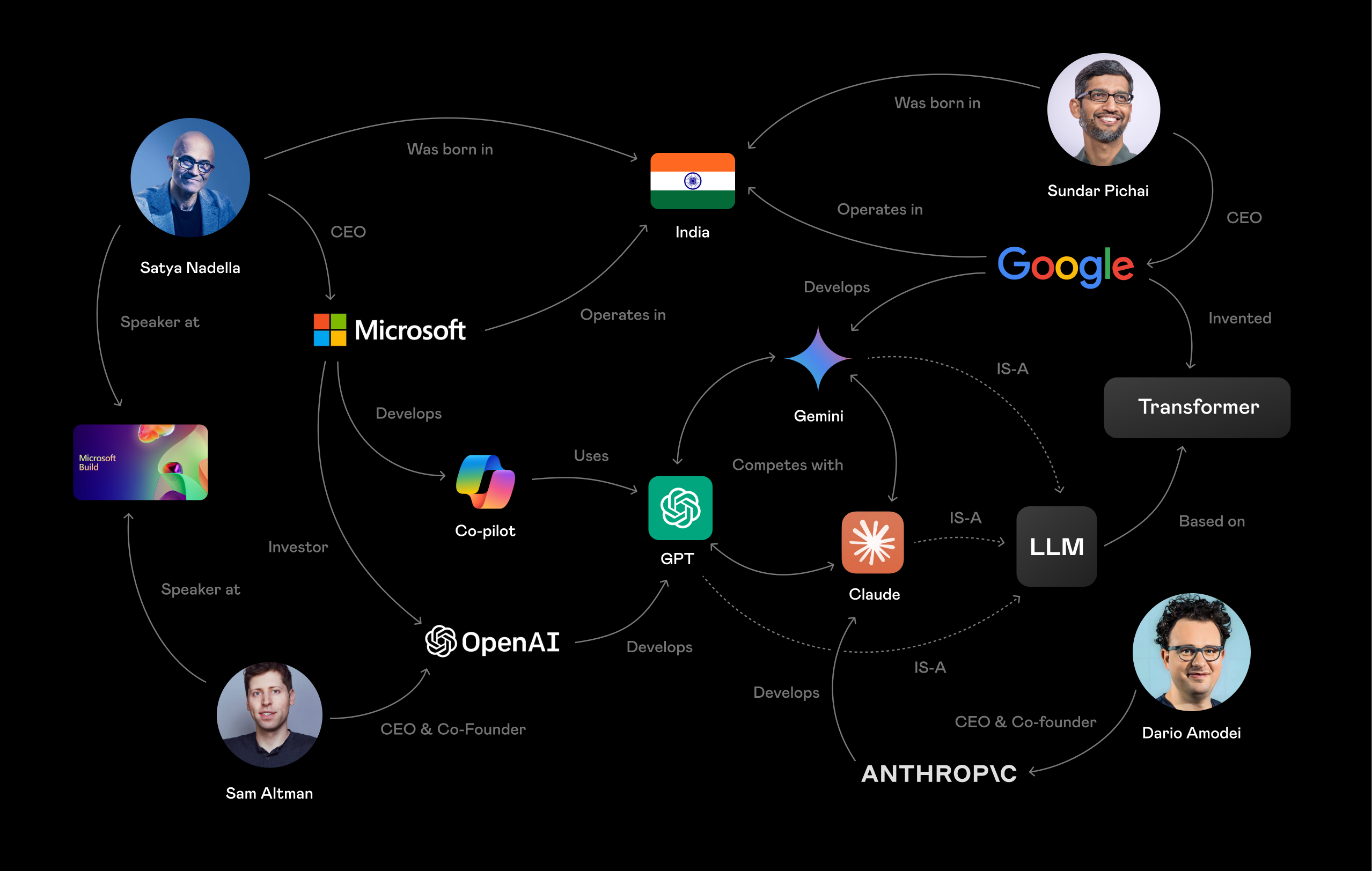
Knowledge graphs aren't new. Remember the semantic web?
Yet today Knowledge Graphs are experiencing a second renaissance.
This is happening for several reasons:
- Our world keeps getting more and more complex.
KGs are the perfect structure to capture and make sense of this complexity.
They provide a toolkit for understanding complex relationships.
- KG are similar to how our brains operate with information.
You can see it in Semantic Space viewer by UC Berkeley's Gallant Lab.
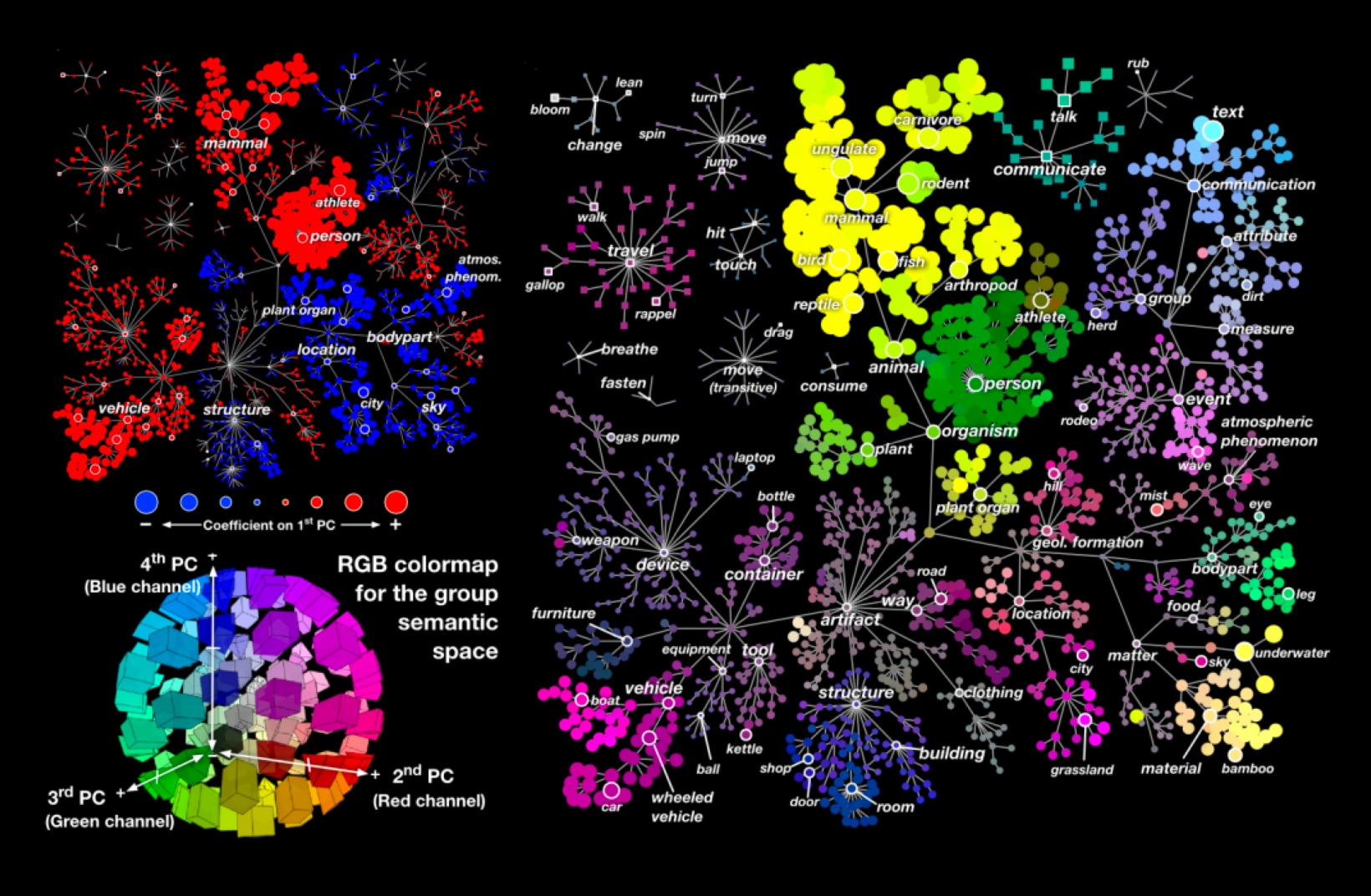
- The rise of GraphRAG (Retrieval-Augmented Generation).
GraphRAG demonstrates the power of KGs in the context of LLMs and AI Agents.
In 2024, Microsoft and Palantir showed that knowledge graph [based on a good ontology] can boost LLM performance. Improving RAG and chain-of-thought reasoning.
So what about Tana?
Tana is at the forefront of this renaissance.
It's the only PKM tool that is fully built on top of a knowledge graph. Semantics is deeply embedded into Tana.
Take for example Base Types → familiar types to help AI to classify a node regardless of the name of supertag.
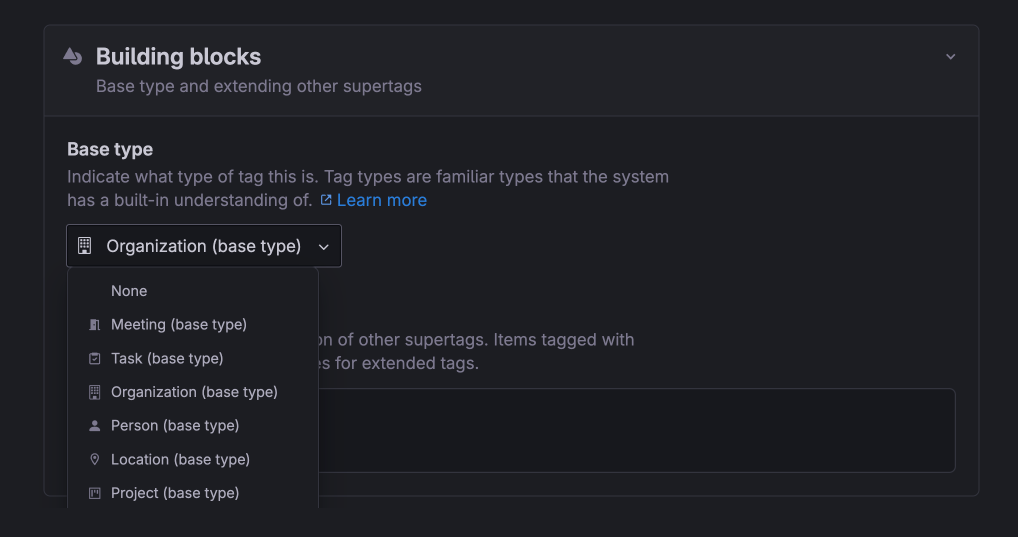
Using those (coupled with semantic functions) AI can better model and understand your context:
You have a MEETING [base type] with a PERSON [base type] who IS A PART OF [semantic function] an ORGANIZATION [base type].
This understanding helps LLM to provide more relevant insights.
This leads us to the second topic.
Digital twins
Digital twin is a model, a replica of a real-world system. It continuously updates itself with data reflecting changes in the mirrored entity.
Digital Twin is a powerful enterprise-level technology. Traditionally twins are in use in heavy industries like manufacturing and logistics.
They are based on complex platform from companies like Palantir.
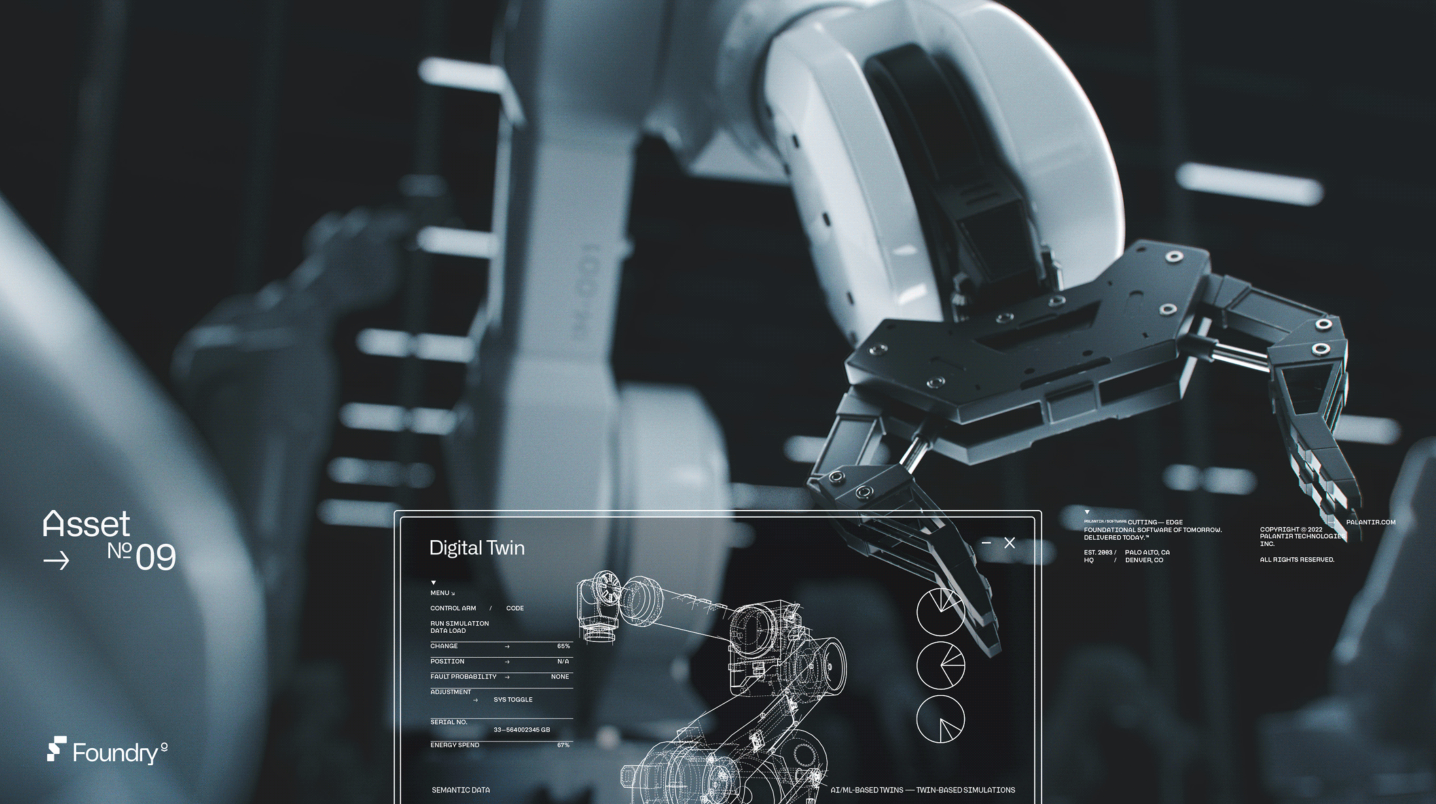
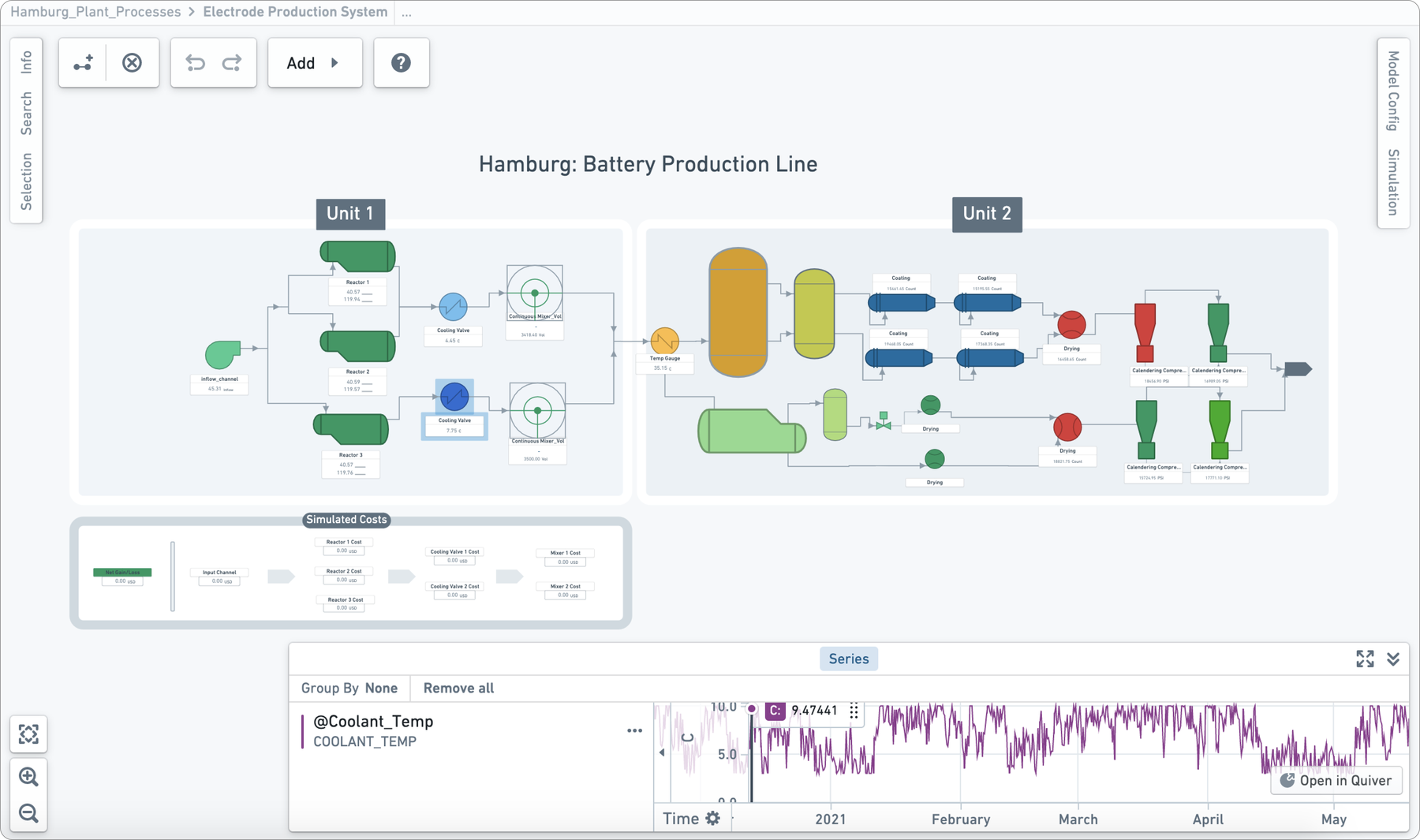
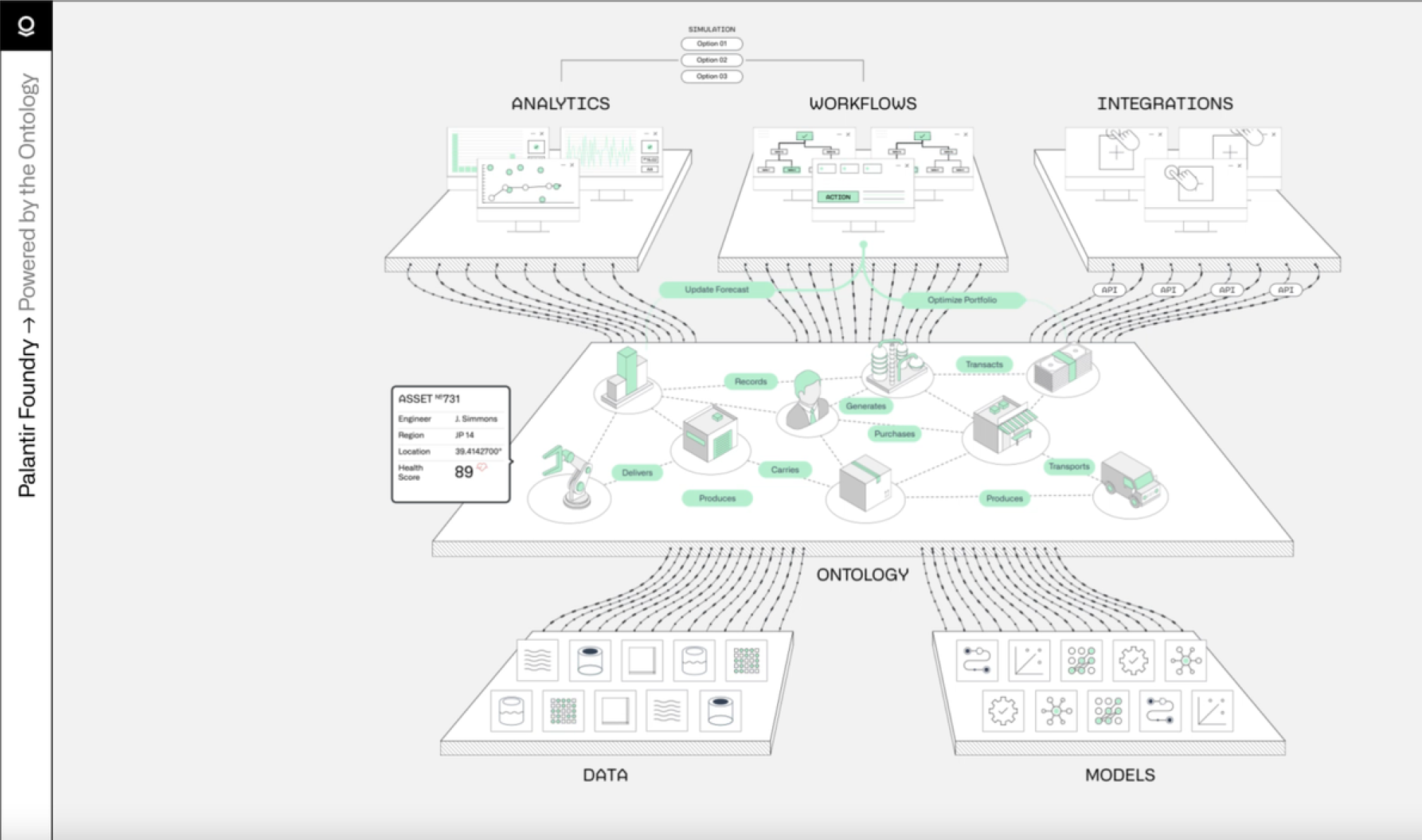
Palantir Foundry platform for Digital Twins
But now thanks to Tana → this tech available to all of us at virtually zero cost!
Twins have many benefits. Most importantly, they provide a foundation for aligning the four core elements of any information system:
- People
- AI
- Data
- Workflows & Protocols.
Twins serves as the system's backbone, helping it to maintain coherency between all the elements.
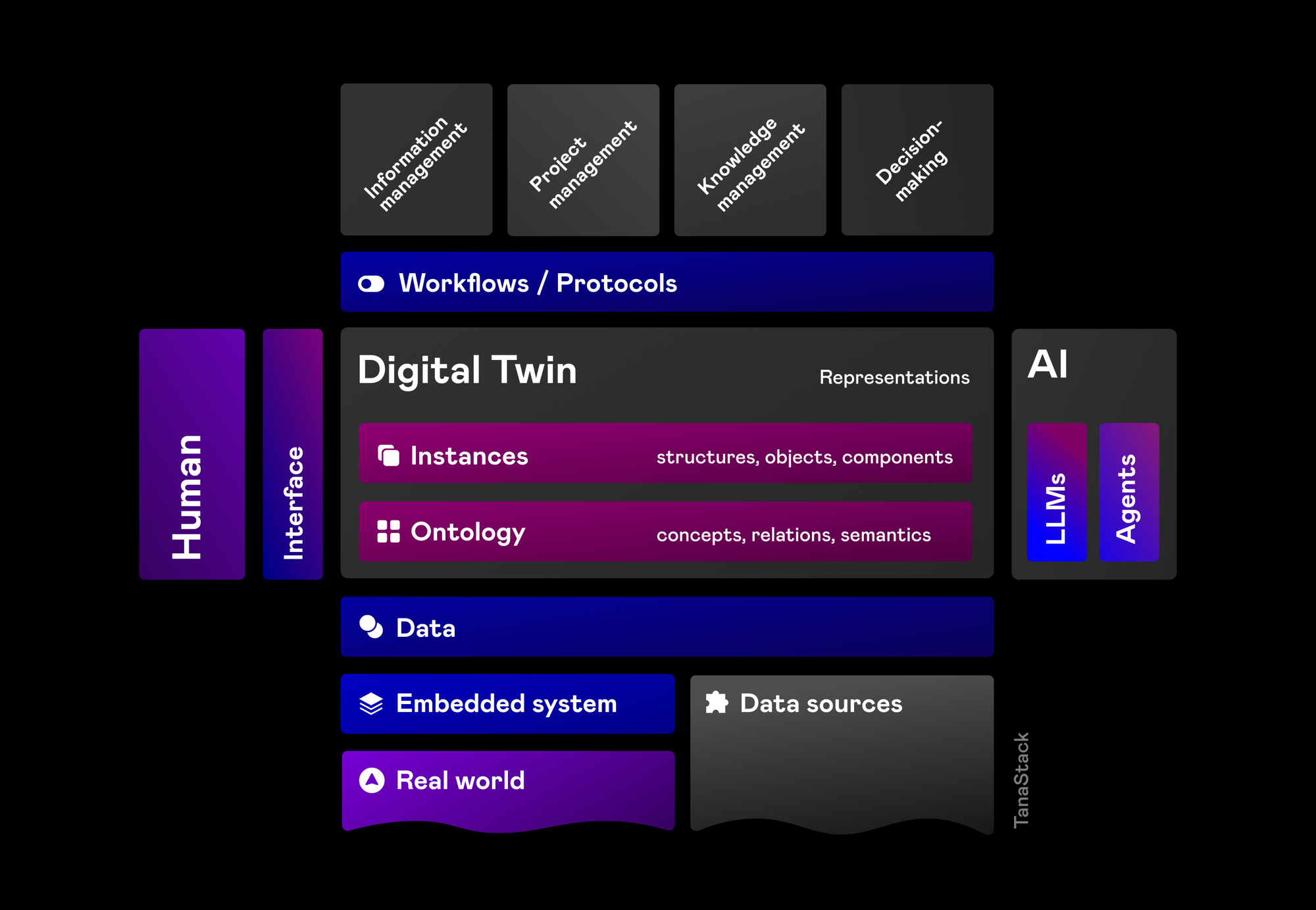
In Tana you can build a digital twin for the real physical environment.
Here is for example the setup I've created for the smart building management system:
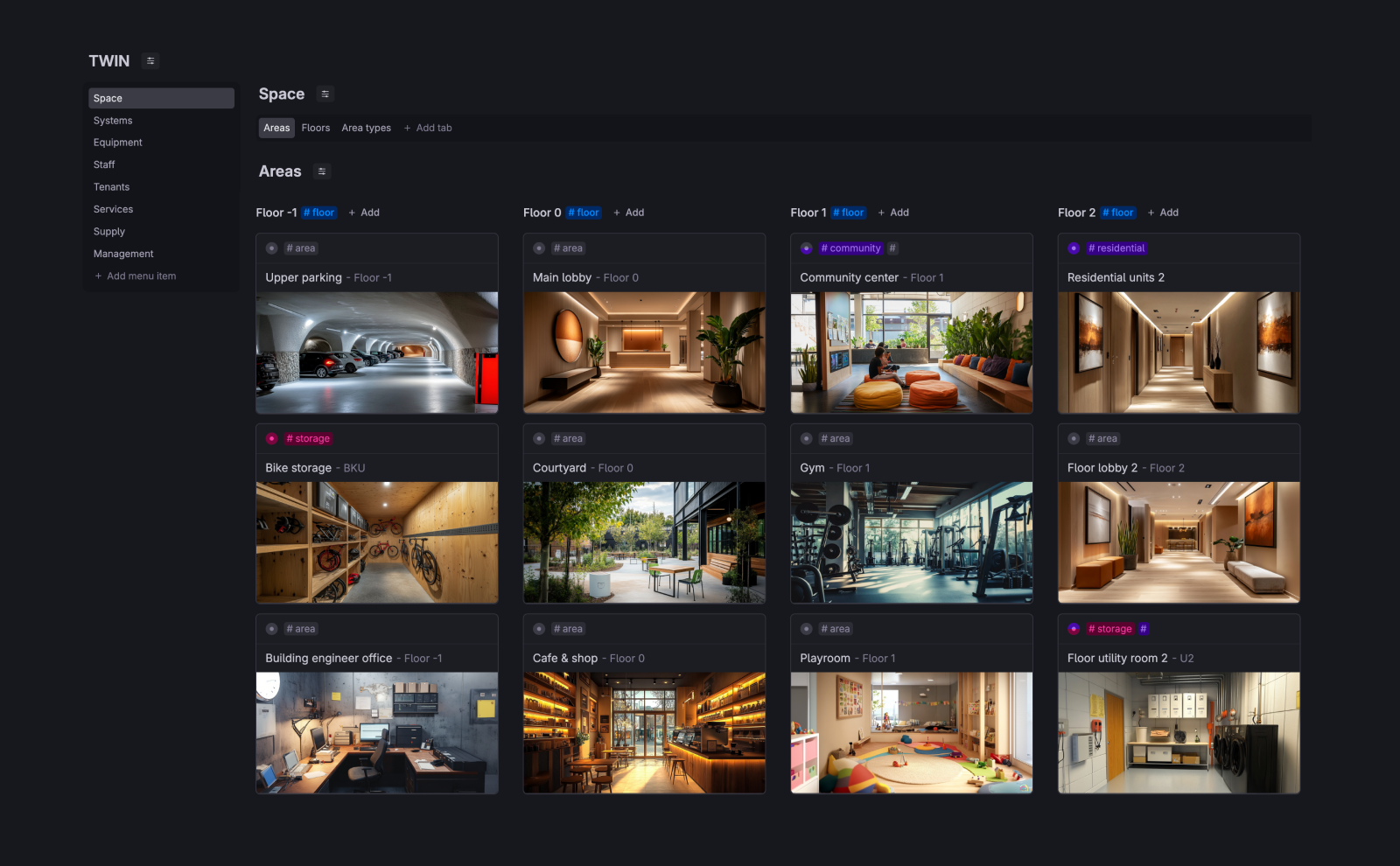
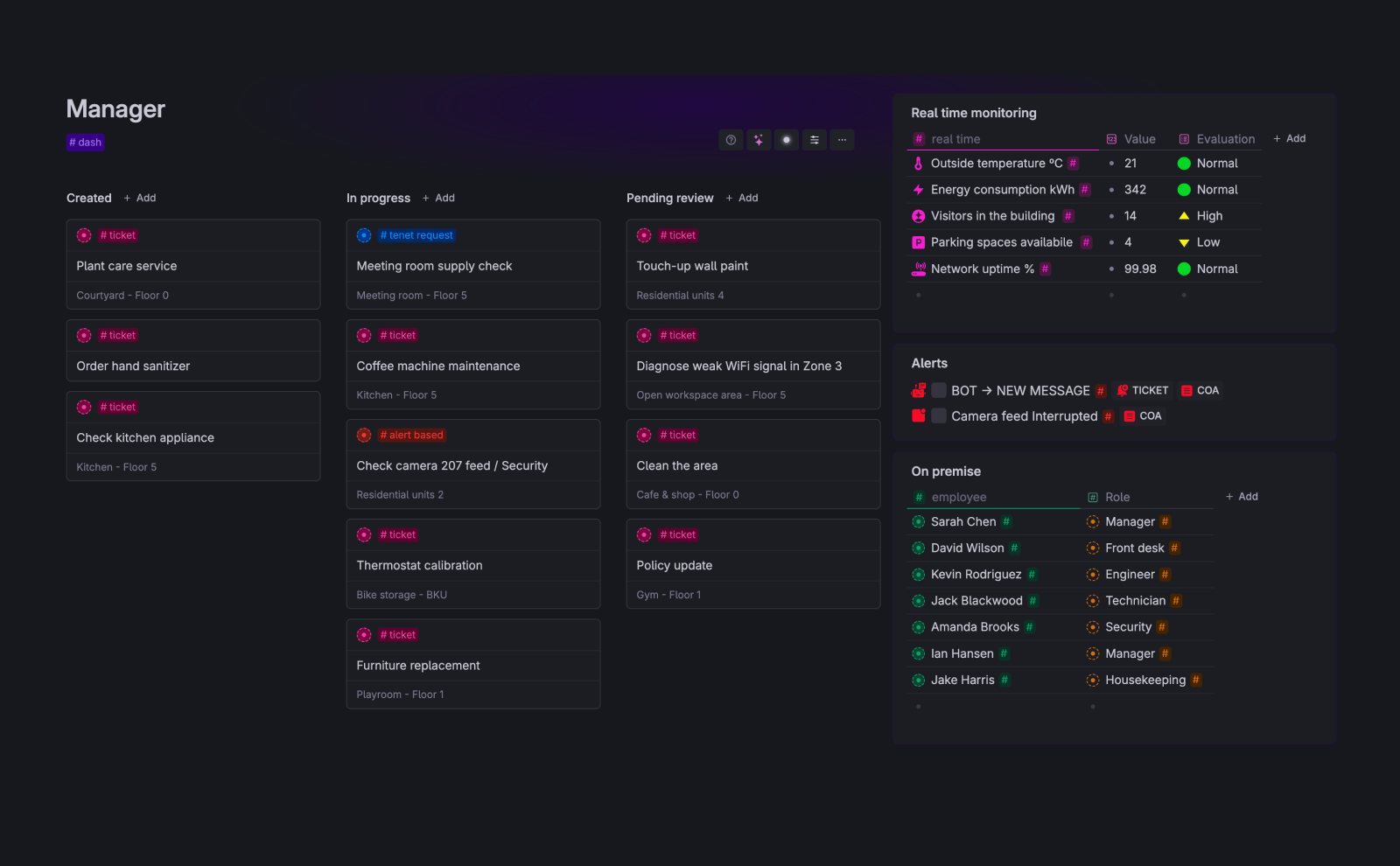
Smart Building Digital Twin in Tana
You can also use digital twins to model social & business systems.
Let's take Venture Capital for example. VCs can benefit a lot from having a perfect virtual representation of their business:
system that models deals, portfolio and market dynamics.
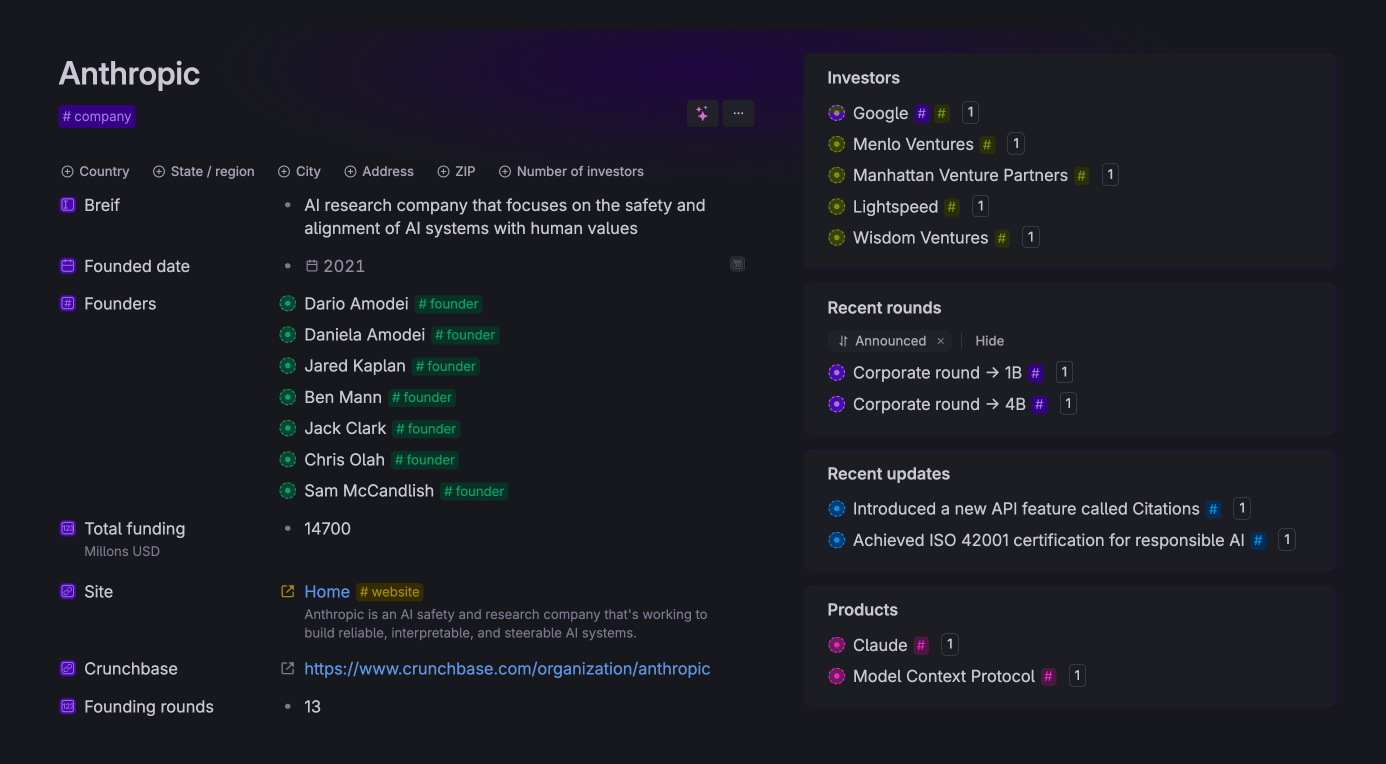
And the information here can be curated, enriched and updated by AI Agents in real time.
AI agents
In 2024 we've witnessed true power of LLM-based agents in action.
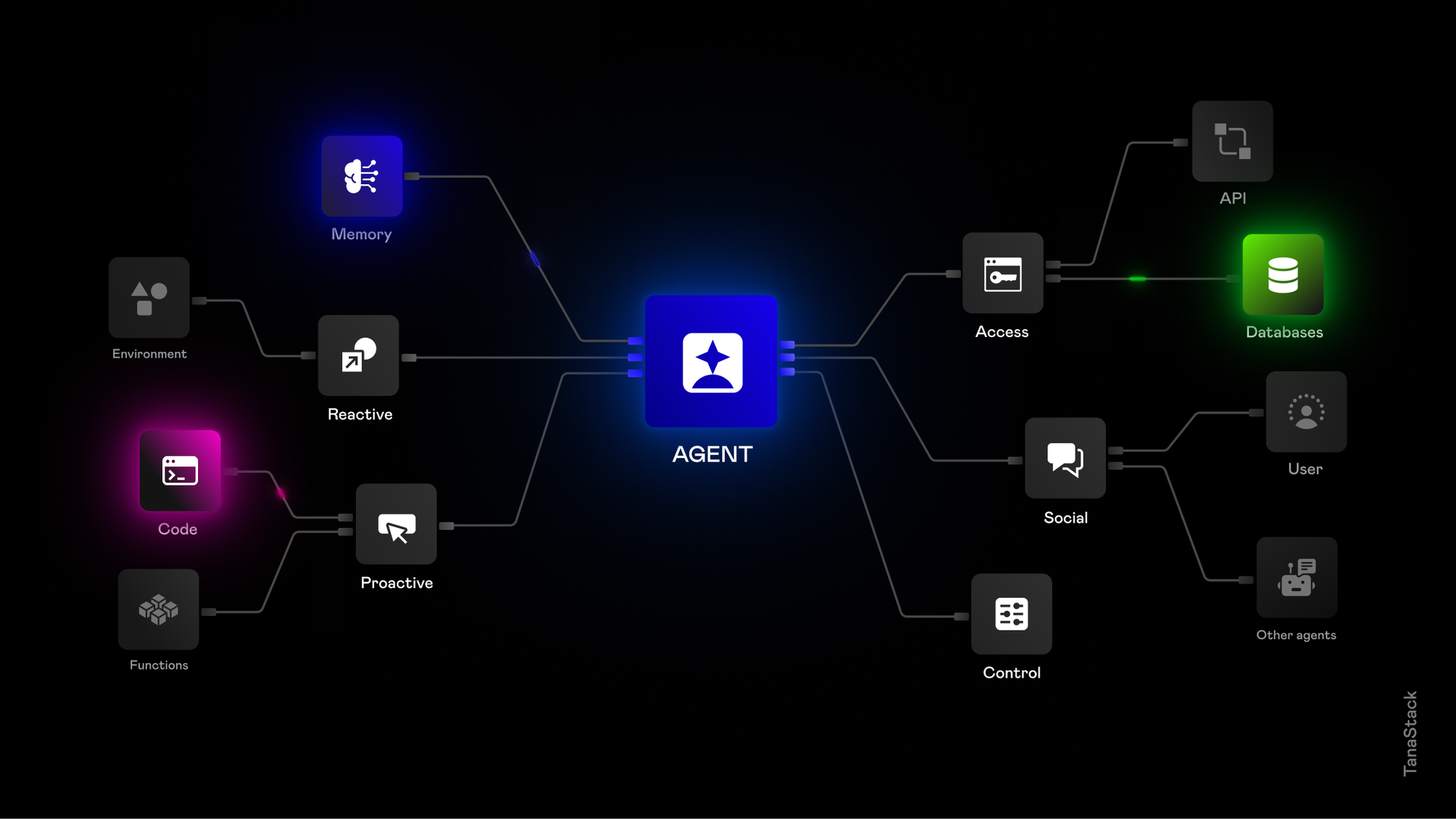
Agents can:
- Reason
- Remember
- Communicate
- Make decisions
- Access different data & APIs
- Execute functions & commands
They use these skills to complete user-specified tasks.
Let's take Gemini with Deep Research as an example.
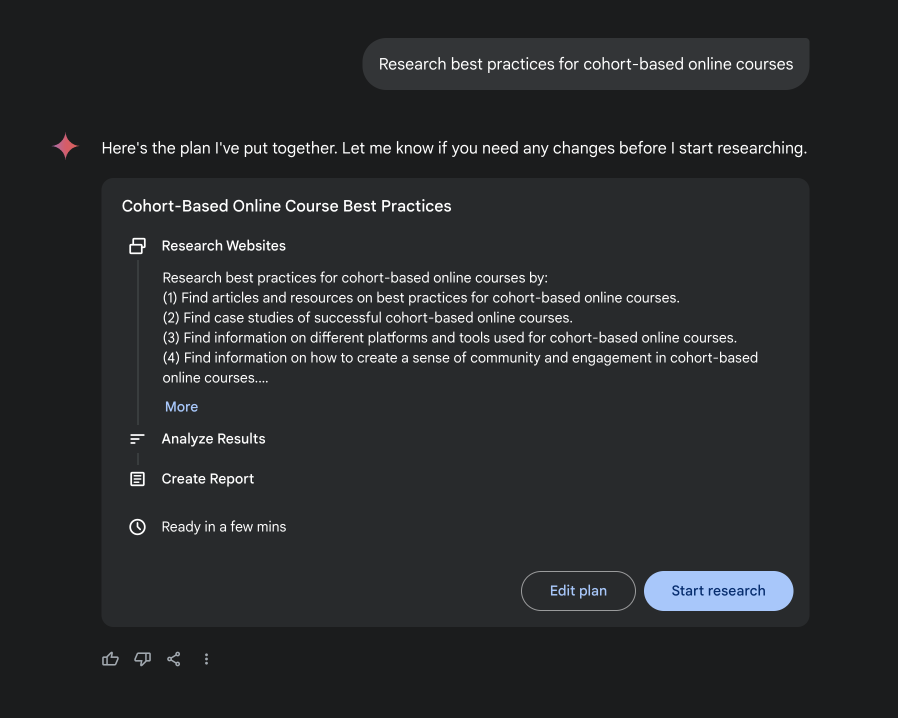
- Gemini takes your prompt
- Breaks it down, create research plan & research questions
- Collects data from up to 100 relevant sources
- Filters and analyzes the data
- Distills an analytical report in Google Doc format
It drives the cost of quality information → 0
I've did some benchmarking on a few of my projects and the quality is really good! [and remember: it's just the first version]
Powerful agent created by Google.
But how about your own agent?
There are many tools you can use to create one.
Frameworks like LangGraph and PydanticAI allow you to create agents with Python.
And no-code tools like Lindy and RelevanceAI allow you to build agents step by step connecting different blocks.
I've been playing a lot with Lindy recently and It's pretty impressive.
I love how on some steps you do not even have to provide any instructions
→ AI figures out what to do on its own. Ideal for prototyping stage.
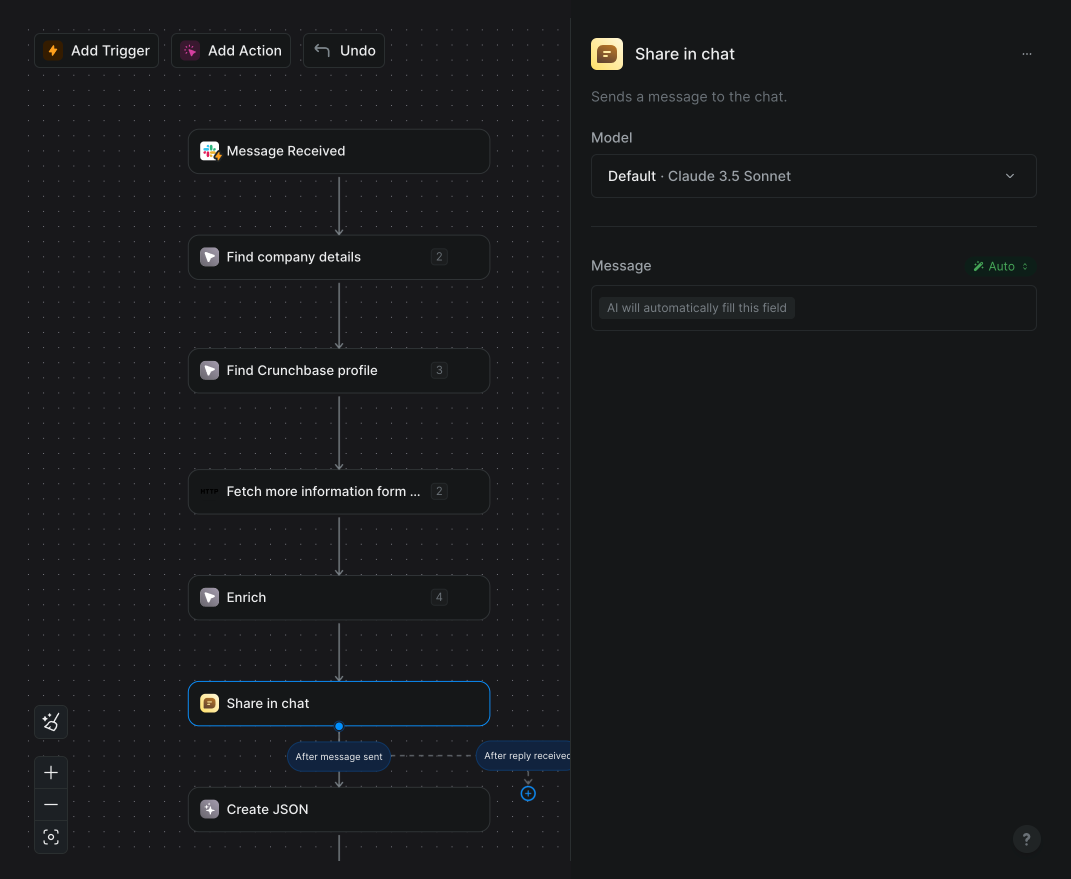
Also, their pre-built agents help cut the learning curve:
you don't start from scratch.
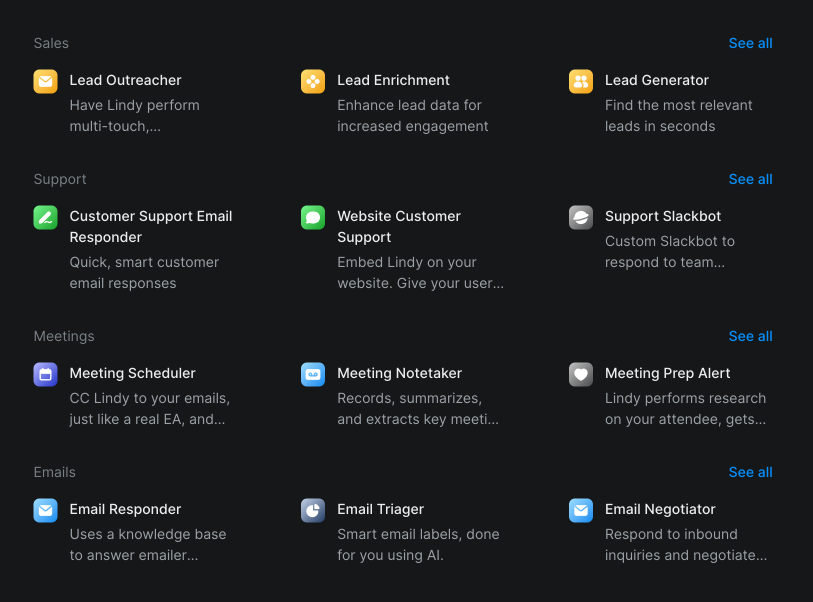
Agents can access and influence multiple contexts, like your email, calendar, and social media.
They can enrich your personal CRM by scraping data from LinkedIn or Crunchbase.
They can manage your schedule, send reminders, attend and summarize meetings on your behalf.
In Tana we have Meeting Agent, which is super useful!
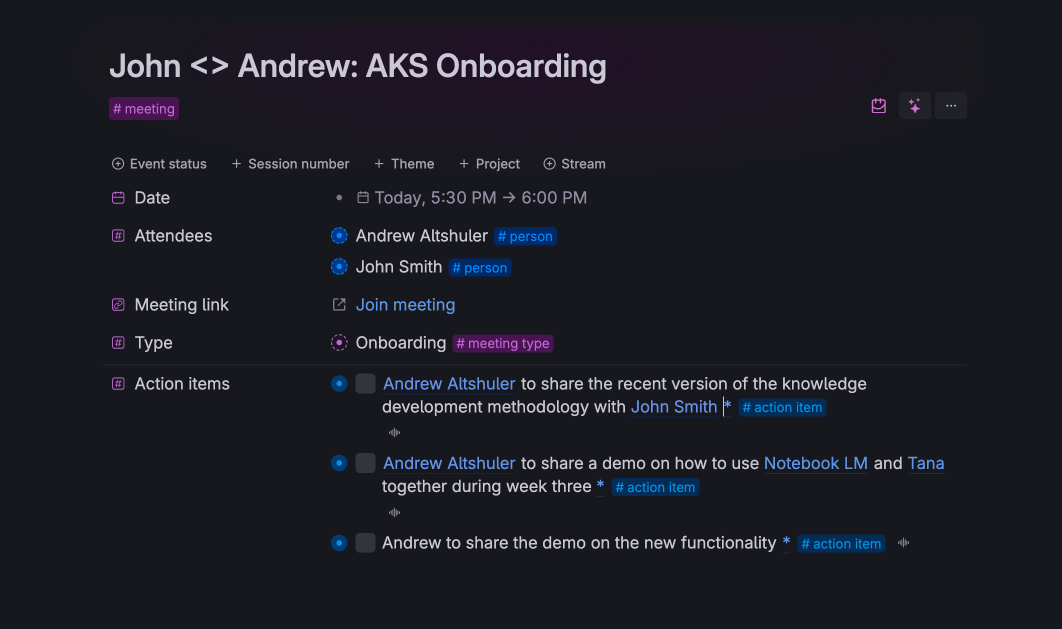
Meeting Agent harness the power of Tana Knowledge graph.
For example it can extract specific entities from a meeting transcript:
action items, companies, people, places.
Basically anything that you specify.
Meeting Agent saves me a lot of time every week.
But that's just the beginning. Some exciting updates are coming [REDACTED]😉
Wrapping up
So if you want to upgrade your knowledge work in 2025 → here is the Vision for you:
- Design your knowledge graph
- Build a digital twin that fits it perfectly
- Enable multiple AI agents to operate on top of it
This will unlock some incredible possibilities 🎱

